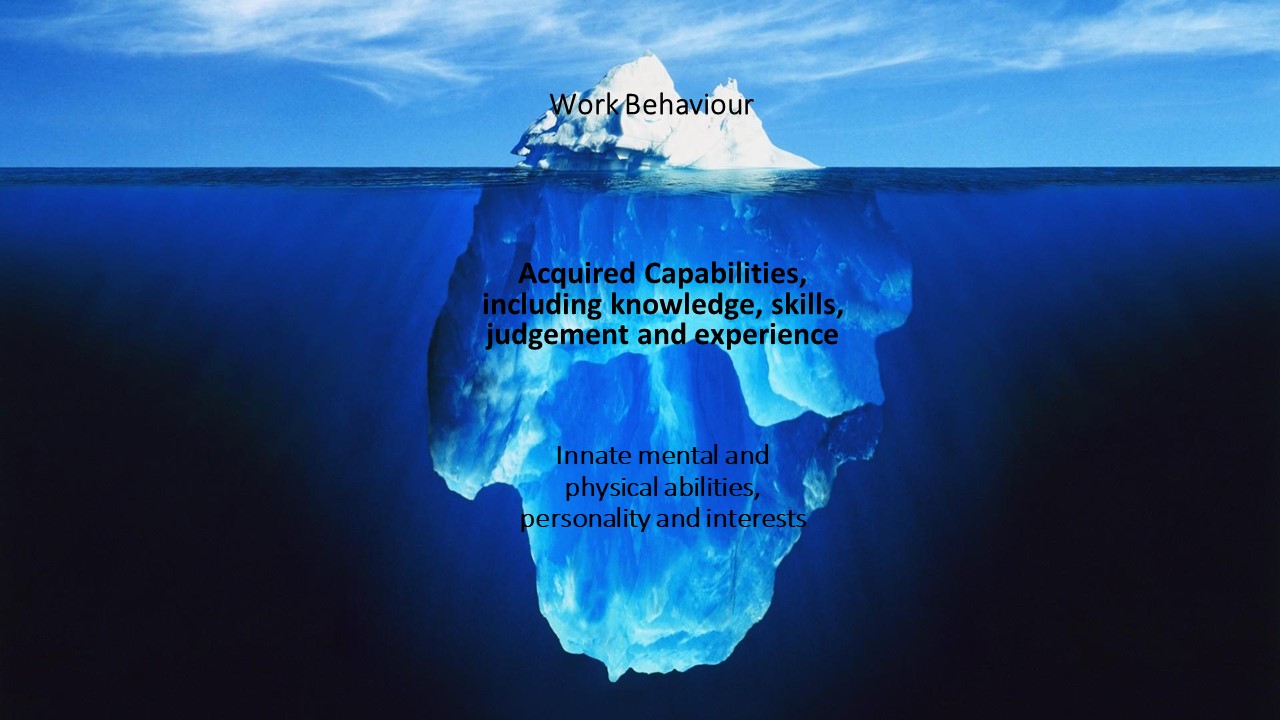Organisational success is largely driven by the acquisition of the best talent available. However, statistics reveal that 25 percent of mission-critical positions often remain vacant after five months. As organisations compete for the top candidates, they expend large sums of money, time and other resources in advertising and recruitment. Research shows that the careful use of talent assessments can result in increased productivity, cost savings and better retention of top employees.
The nature and variety of assessment tools have evolved considerably in recent years as analytics and data have become more important in the business environment. Formal assessments are used to hire new employees, evaluate current employees for different roles, identify employees with high leadership potential, compare talent within an organisation against industry or geographical benchmarks, understand talent strengths and gaps, and develop employees’ long-term value. Advances in technology mean that more tools are accessible online, on-demand, and with immediate reporting and feedback.
Organisations can use a broad array of techniques to make selecting the right assessment tool easier.
Types of Assessments

Assessment types run along a continuum from more observable, direct measures of performance to less observable, indirect measures of performance. An iceberg analogy helps illustrate the different assessment types.
Work behaviour is the tip of the iceberg—the observable performance on the job. Work behaviour assessments require candidates to perform simulated aspects of the job and provide an observable measure of performance that should forecast real on-the-job performance. These assessments should correspond closely to the specific work that candidates will perform and tend to be expensive, time-consuming and somewhat limited in their use.
Acquired knowledge, skills and experience sit just below the surface. Although less directly observable than work behaviours, assessments of job-relevant knowledge, skills and experience are extremely effective predictors of job performance. Because these assessments require measuring unique capabilities relevant to specific jobs, they are not generally applicable across jobs.
Innate ability and attributes, including personality and interests, lie deep below the surface and also have been proven to be effective predictors of job performance. Because assessments of innate characteristics do not focus on job-specific traits, they are the most flexible and applicable for use across different jobs.
Cognitive Assessments: Cognitive ability assessments typically consist of multiple-choice items that measure various mental abilities, such as verbal and numerical ability, reasoning, and reading comprehension. These assessments have proven to be extremely useful predictors of job performance and are used frequently in hiring for many types of jobs.
Personality Assessments: Personality assessments measure stable, job-relevant characteristics that have been shown to be effective predictors of job performance, particularly in combination with measures of cognitive ability. In work situations, conscientiousness, extraversion, agreeableness, openness to experience and emotional stability are measured most frequently. Research suggests that conscientiousness is the most robust and useful predictor of performance across jobs. Achievement orientation is also a strong predictor in many jobs.
Integrity Assessments: Integrity assessments measure attitudes and experiences related to honesty, trustworthiness and dependability.
Job Knowledge Assessments: Job knowledge assessments measure critical knowledge areas— usually technical knowledge— needed to perform a job effectively. These assessments are appropriate to use when candidates must possess a specific body of knowledge prior to job entry, not when candidates will be trained on the job.
Automated Writing Assessment: Automated writing assessments can be developed to measure various competencies beyond the writing itself, including a candidate’s persuasiveness, critical thinking, attention to detail, commercial focus and political savvy.
Integrity Assessments: Integrity assessments measure attitudes and experiences related to honesty, trustworthiness and dependability.
Situational Judgement Assessments: Situational judgment tests present candidates with situations just like those they would encounter on the job, with viable options for handling each situation. Candidates might be asked to select the most effective, or the most and least effective, ways of handling a situation from a few options. These tests are more expensive and complicated to develop than many other types because developing scenarios with several equally attractive, viable responses is difficult.
Work Simulations: Work simulations measure how a candidate performs activities that the job requires, and of course, employers should use them only when knowing how to perform those activities is truly a prerequisite. These simulations can be time-consuming and expensive to develop.
How to Choose Assessments
Four important criteria can guide you in choosing appropriate assessments. This is based on solid research over years.
Validity: means that an assessment is job-relevant and useful for predicting performance. Clearly, this is the most important consideration in selecting an assessment. The two most common types of validity human resource professionals encounter are criterion and content validity. Criterion validity involves demonstrating a useful relationship between scores on an assessment and important job outcomes. Content validity involves demonstrating that an assessment provides a direct measure of critical work activities or behavior. Comprehensive job analysis information and expert judgment are used to develop work simulations, ensuring that the assessment closely mirrors job requirements.
Adverse impact: Do members of protected groups, including minorities, women and employees over age 40, systematically score lower than others?
Cost: What is the expense of developing, administering and maintaining the assessment?
Candidate reactions: Do candidates react positively or negatively to the assessment?